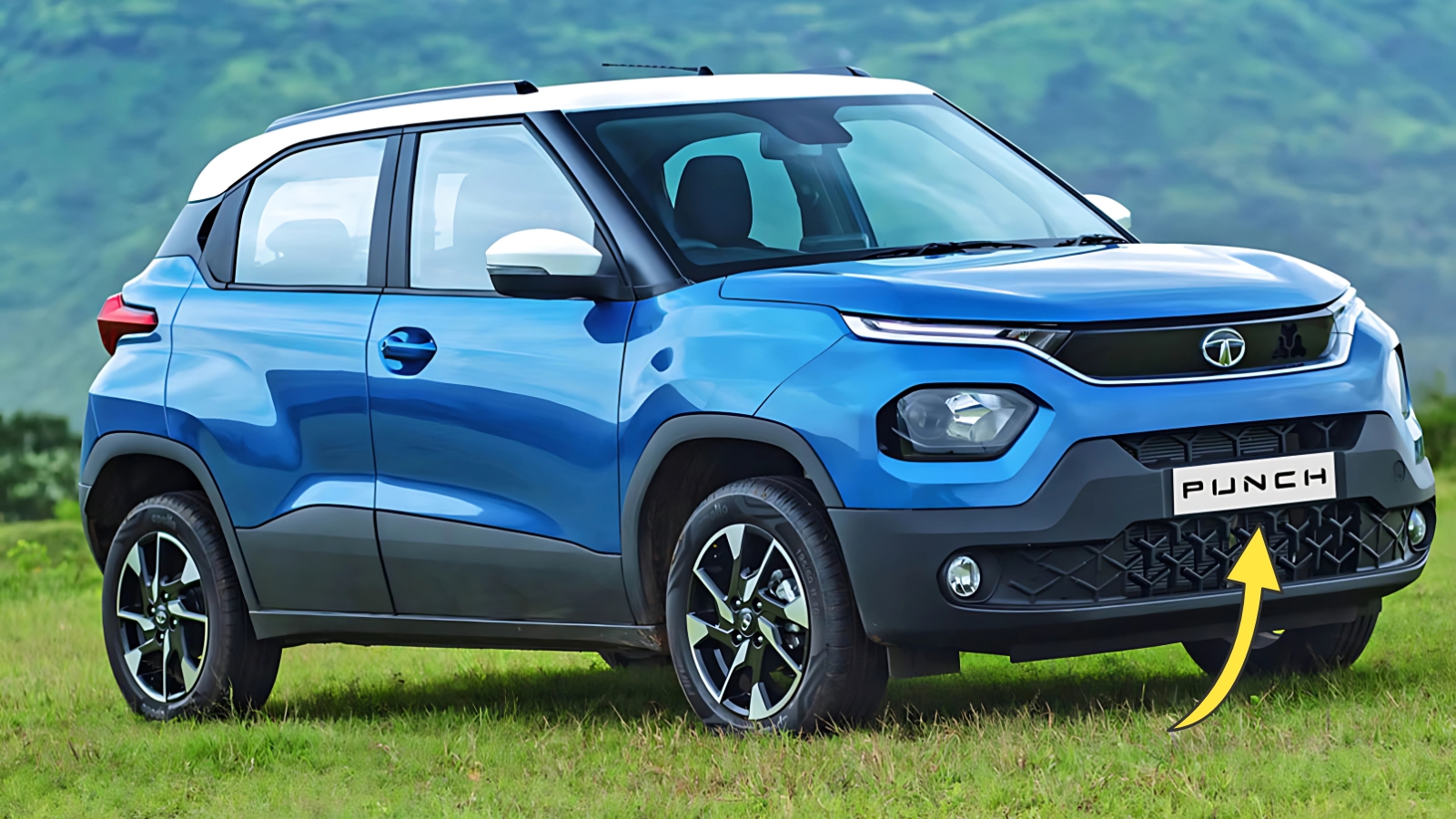Tata Punch: Remember when “small car” meant compromising on everything except fuel efficiency? Well, Tata Motors clearly didn’t get that memo when they crafted the Punch. Launched back in 2021 and refreshed for 2025, this micro SUV has been quietly revolutionizing India’s entry-level SUV segment with its unique blend of compact dimensions and big-car feel. Having spent considerable time with one—courtesy of my cousin who refuses to drive anything else—I’ve developed a newfound appreciation for this plucky little machine.
Punching Above Its Weight: Design & Presence
First impressions matter, and the Punch makes a good one. Standing just under 3.8 meters in length, it somehow manages to look substantially more imposing than its dimensions suggest. The distinctive H2X-inspired design language gives it a muscular stance, with high ground clearance (187mm) and short overhangs creating a visual punch that belies its compact footprint.
Walking around it at sunset yesterday, I noticed how the tri-arrow elements in the front grille catch the light, creating an almost jewel-like effect. The recent 2025 updates have brought sleeker LED DRLs and projector headlamps that lend it a more premium appearance, while the dual-tone color options (particularly the Tornado Blue with white roof) make it stand out in parking lots dominated by monochrome sedans.

Surprising Spaciousness: Interior Comfort & Practicality
Step inside, and the clever packaging immediately becomes apparent. Despite its sub-4-meter external dimensions, the Punch offers a remarkably spacious cabin. The tall seating position provides that coveted SUV-like commanding view of the road, while the flat floor at the rear makes three-abreast seating actually comfortable rather than a punishment.
During last month’s road trip to Lonavala, five of us (including my rather tall brother-in-law) managed the journey without a single complaint about leg or headroom—a minor miracle in this segment. The 366-liter boot swallowed our weekend luggage with room to spare, though loading heavier items requires navigating a somewhat high lip.
The 2025 facelift has finally addressed my biggest gripe with the original model—interior quality. The new soft-touch materials on the dashboard and upgraded seat upholstery elevate the cabin ambiance significantly. It’s still not luxury car territory, mind you, but it no longer feels like you’ve settled for less.
Heart of the Matter: Performance & Driveability
Under the hood, the Punch offers two familiar powertrains—the naturally aspirated 1.2-liter Revotron petrol engine producing 86PS and 113Nm of torque, and the newer 1.2-liter turbo-petrol unit churning out a more spirited 120PS and 170Nm. Transmission options include a 5-speed manual and an AMT for the standard engine, while the turbo variant gets a 6-speed manual or 7-speed DCT.
Let’s be honest—the standard engine isn’t going to win any drag races. However, it delivers exactly what urban commuters need: adequate low-end torque for city driving, decent fuel efficiency (17.8 kmpl claimed, though I’ve consistently seen 15.5 kmpl in mixed driving), and remarkable refinement for its class.
The turbo variant, which I borrowed for a weekend last month, transforms the driving experience entirely. The additional grunt makes highway overtaking maneuvers effortless, while the DCT shifts smoothly enough to make you forget you’re in an affordable micro SUV. It’s this engine that truly allows the Punch to live up to its name.
Tech-Savvy Companion: Features & Connectivity
For a vehicle at this price point, the Punch is surprisingly well-equipped. The 7-inch Harman touchscreen infotainment system supports Android Auto and Apple CarPlay, while the semi-digital instrument cluster provides all essential information without overwhelming the driver.
The 2025 update brings wireless charging capability and a larger 10.25-inch infotainment screen on higher variants, addressing key competitive disadvantages. The iRA connected car technology now offers over 27 features, including remote commands, location-based services, and vehicle diagnostics through a smartphone app.
My favorite feature remains the automatic climate control that somehow manages to cool the cabin effectively even under Mumbai’s merciless summer sun—a testament to Tata’s understanding of Indian conditions.
Safety First: Protection & Peace of Mind
Tata’s reputation for building safe cars extends to the Punch, which secured a 5-star Global NCAP rating—a rare achievement in this price bracket. Dual airbags, ABS with EBD, and rear parking sensors come standard across the range, while higher variants add side and curtain airbags, a reverse camera, and ISOFIX child seat mounts.
The high-strength steel cage construction provides tangible reassurance when navigating India’s often unpredictable traffic conditions. Having witnessed a minor fender-bender involving my cousin’s Punch, I can attest to its solid build quality—the damage was barely noticeable while the other vehicle suffered more significant deformation.
Value Proposition: Price & Ownership Experience
Starting at ₹6.00 lakh and topping out at ₹10.15 lakh (ex-showroom), the Punch sits comfortably between premium hatchbacks and compact SUVs. The sweet spot in the range is arguably the Creative AMT variant (around ₹8.8 lakh), which offers most creature comforts without breaking the bank.
Tata’s improved service network and 2+2 warranty package (2 years standard plus 2 years extended) add value to the ownership proposition. My cousin’s 3-year-old Punch has required nothing beyond scheduled maintenance, with service costs averaging about ₹4,500 per visit.
Bajaj Pulsar 125 come with sporty look, mileage is 51.46 kmpl
Tata Punch: The Final Verdict
The Tata Punch isn’t just a good car for its price—it’s a good car, period. It successfully delivers the SUV experience in a compact, affordable package without significant compromises. Whether navigating narrow urban lanes or venturing out on weekend getaways, it handles various roles with aplomb.
In a market segment where cost-cutting is often painfully evident, the Punch stands out by feeling like a thoughtfully designed vehicle rather than a collection of compromises. It’s proof that “affordable” and “desirable” aren’t mutually exclusive terms—a lesson some manufacturers still need to learn.